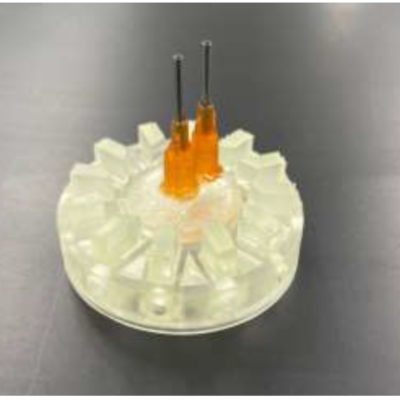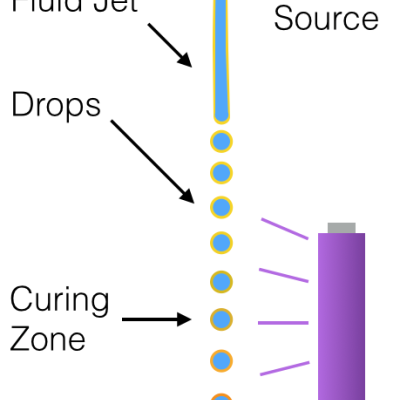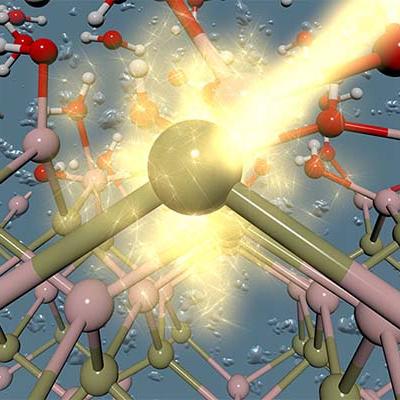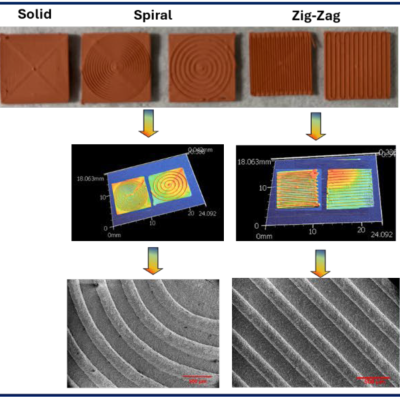LLNL researchers has developed a composite copper current collector formulation readily used in DIW 3D printing to guide lithium-ion plating/dissolution during charging and discharging cycles.
Keywords
- Show all (116)
- Additive Manufacturing (54)
- Synthesis and Processing (20)
- 3D Printing (8)
- Materials for Energy Products (6)
- Material Design (4)
- Manufacturing Automation (3)
- Additively Manufactured (AM) Optics (2)
- Manufacturing Improvements (2)
- Membranes (2)
- Rare Earth Elements (REEs) (2)
- Volumetric Additive Manufacturing (2)
- Direct Air Capture (1)
- Electric Grid (1)
- Inertial Confinement Fusion (ICF) (1)
- Inertial Fusion Energy (IFE) (1)
- Magnet Compositions (1)
- Manufacturing Simulation (1)
- Material Characterization (1)
- Precision Engineering (1)
- (-) Microfabrication (3)
Image

This invention focuses on the design of a fully interchangeable hub-droplet device apparatus for multiple droplet generation in parallel. The novel central hub combined with interchangeable chip configuration allows the use of different planar droplet generation devices that can be replaced and exchanged as needed. By separating the central housing hub which distributes incoming liquids into…
Image

Livermore researchers have developed a method of fabricating functional polymer-based particles by crosslinking UV-curable polymer drops in mid-air and collecting crosslinked particles in a solid container, a liquid suspension, or an air flow. Particles could contain different phases in the form or layered structures that contain one to multiple cores, or structures that are blended with…
Image

Dubbed the "LLNL Chemical Prism", the LLNL system has use wherever there is a need to separate components of a fluid. A few examples include:
- Chemical detection for known and previously unknown chemicals or substances
- Separation of biomolecules from a cellular extract
- Fractionation of a complex mixture of hydrocarbons
- Forensic analysis of…


